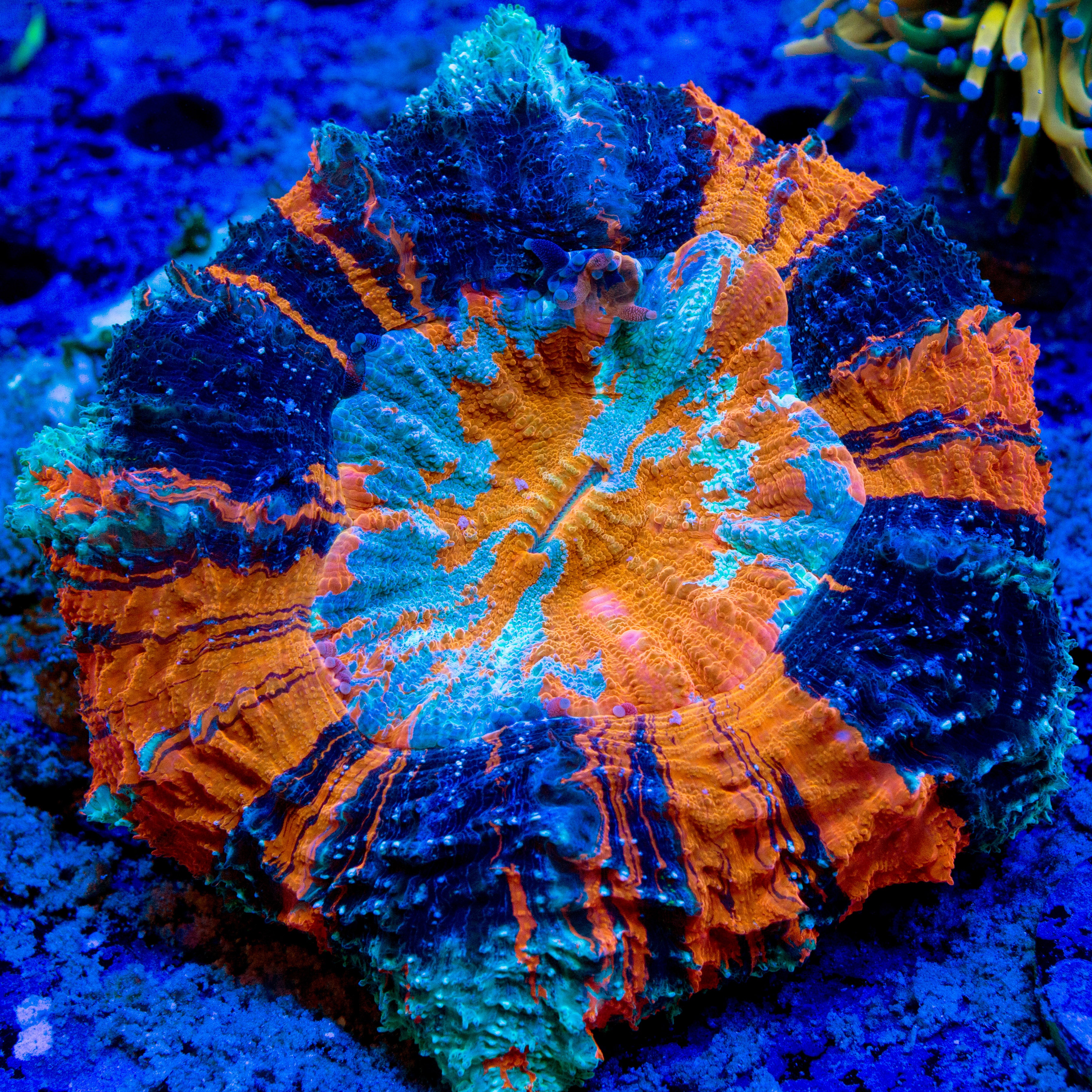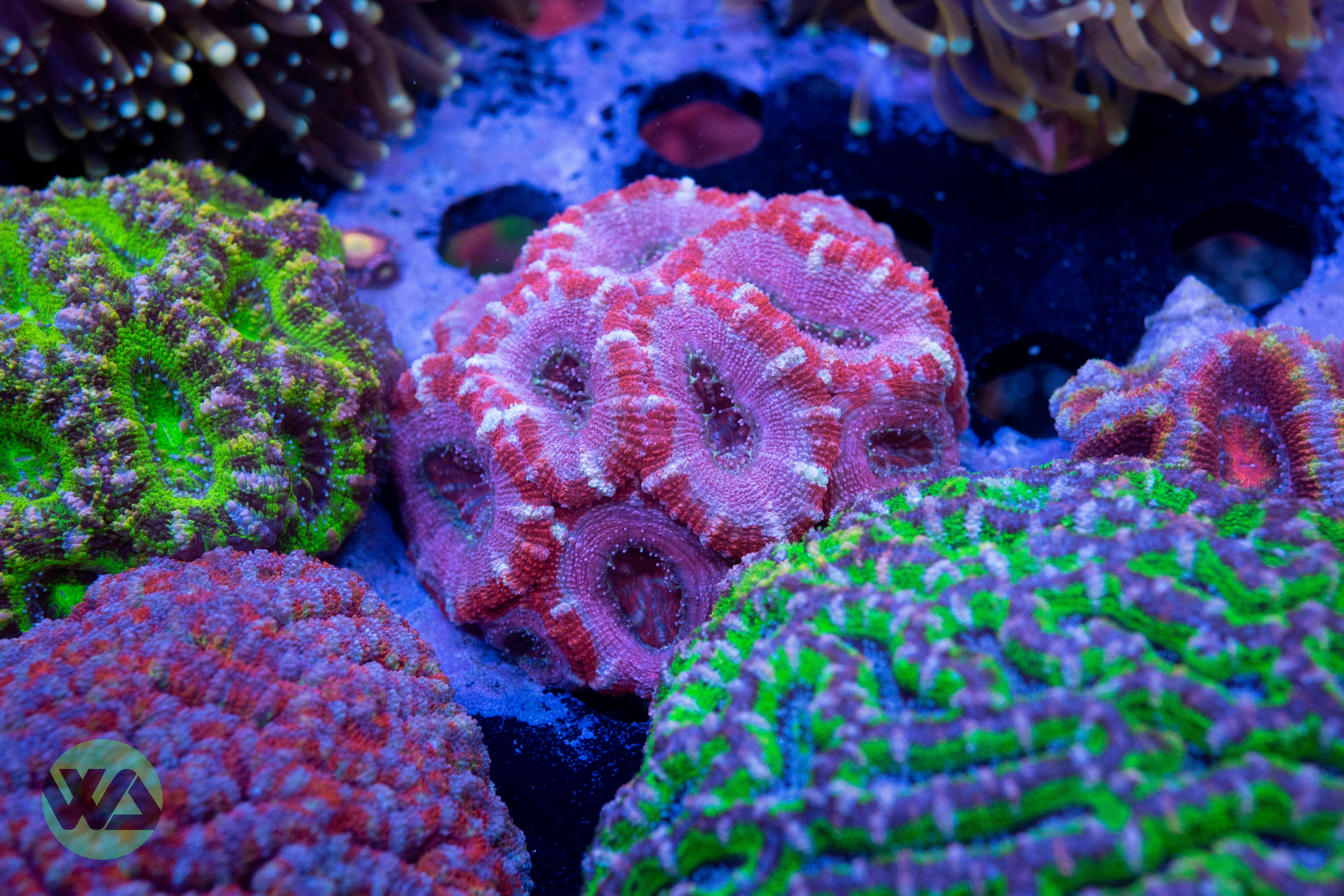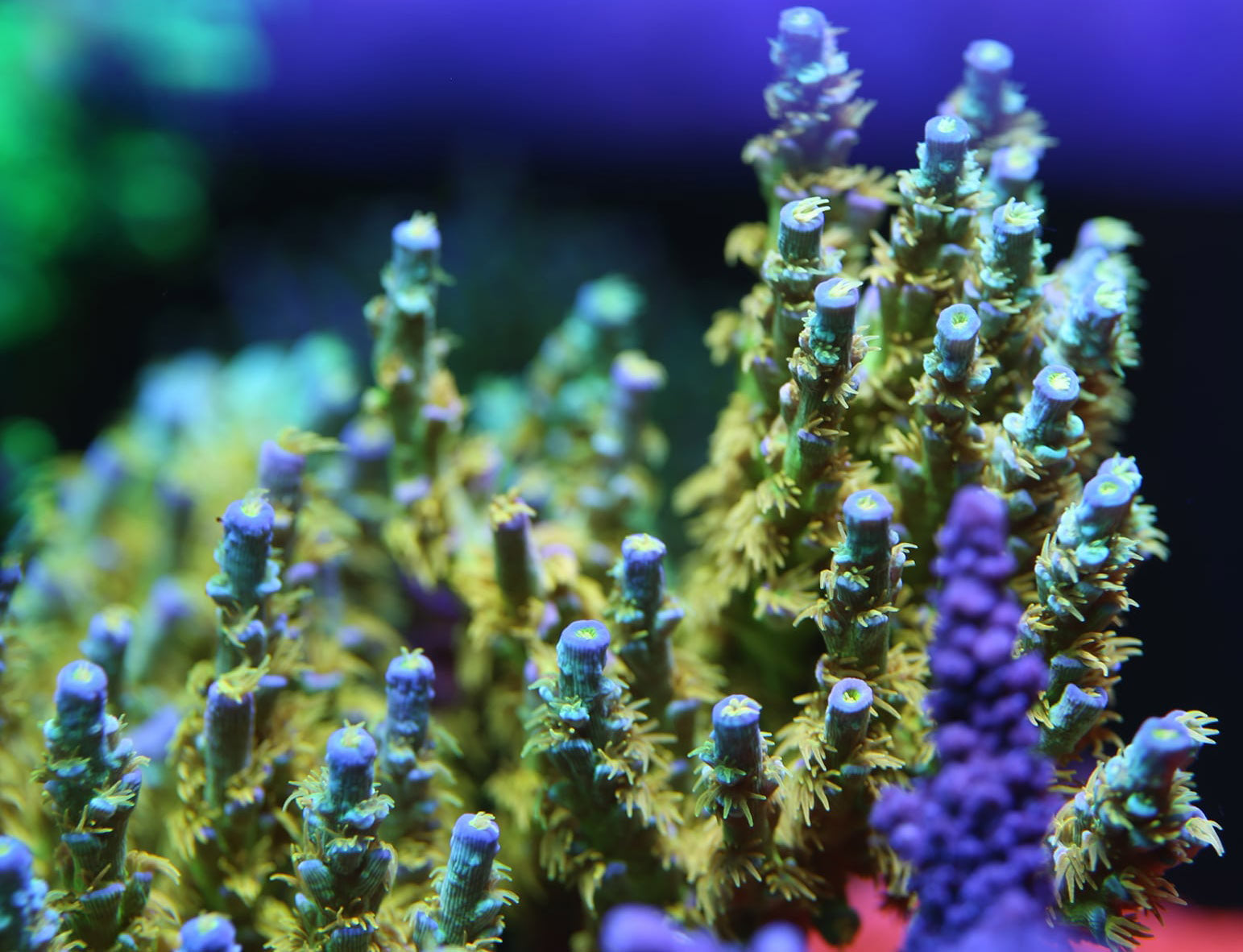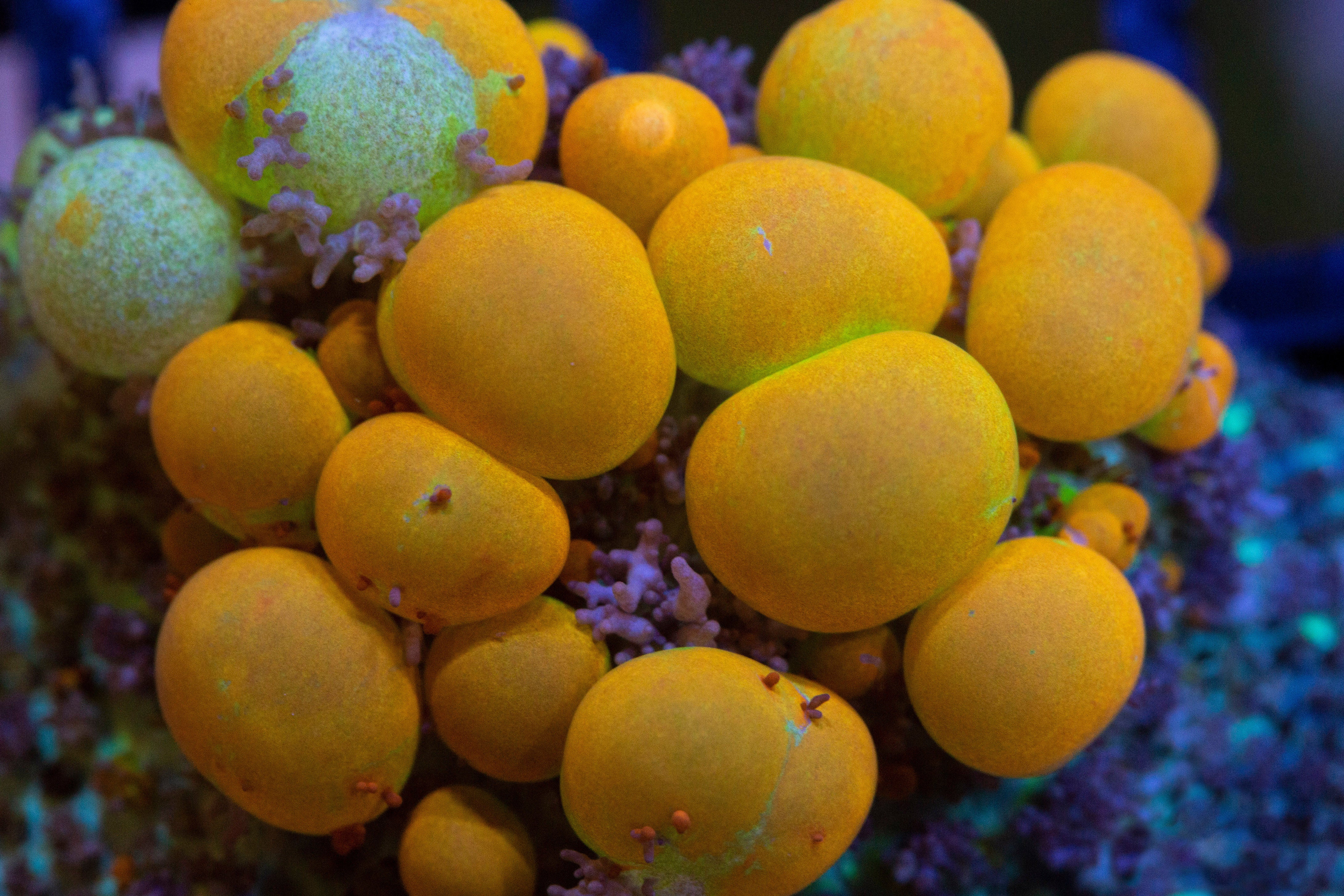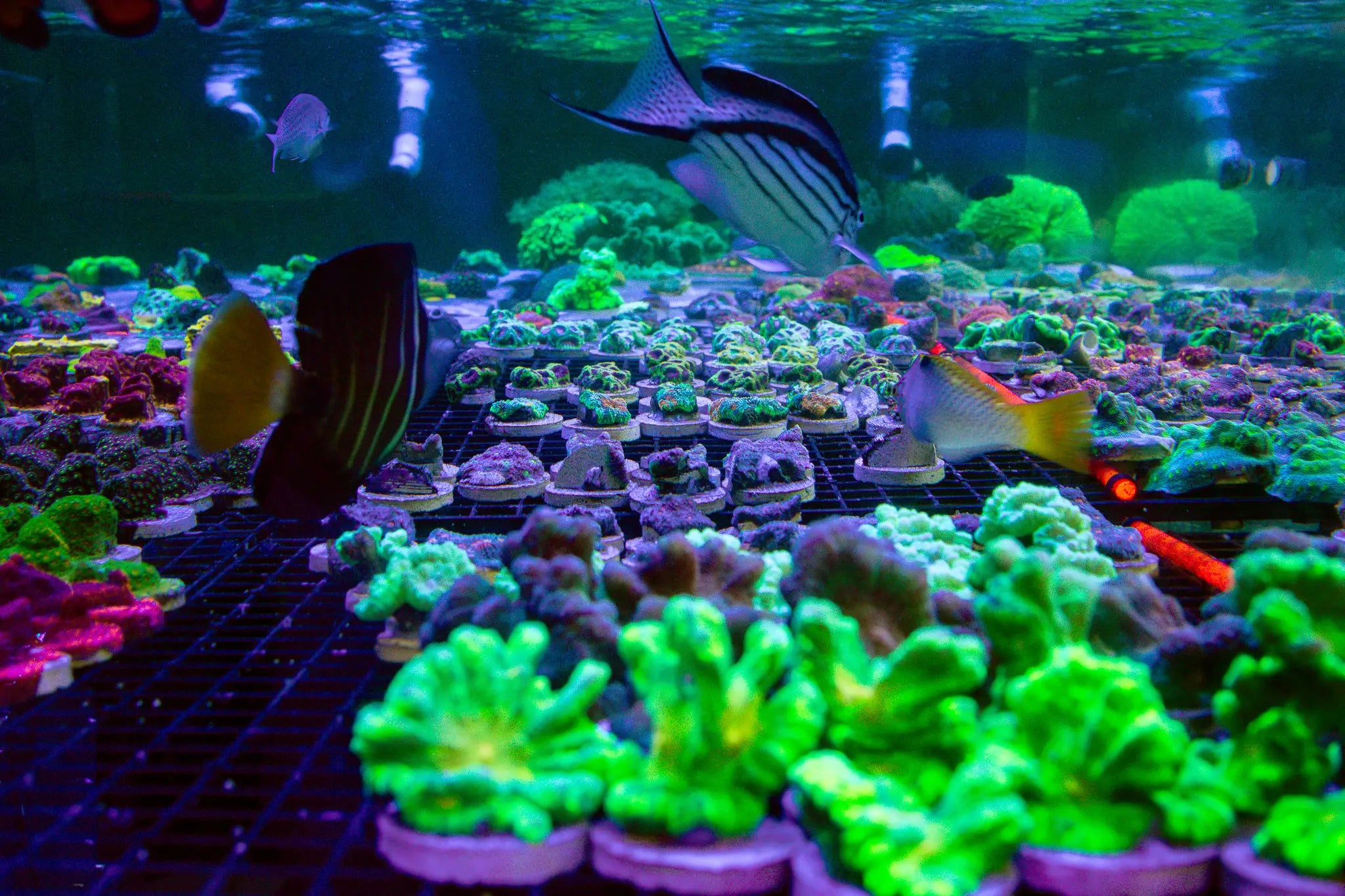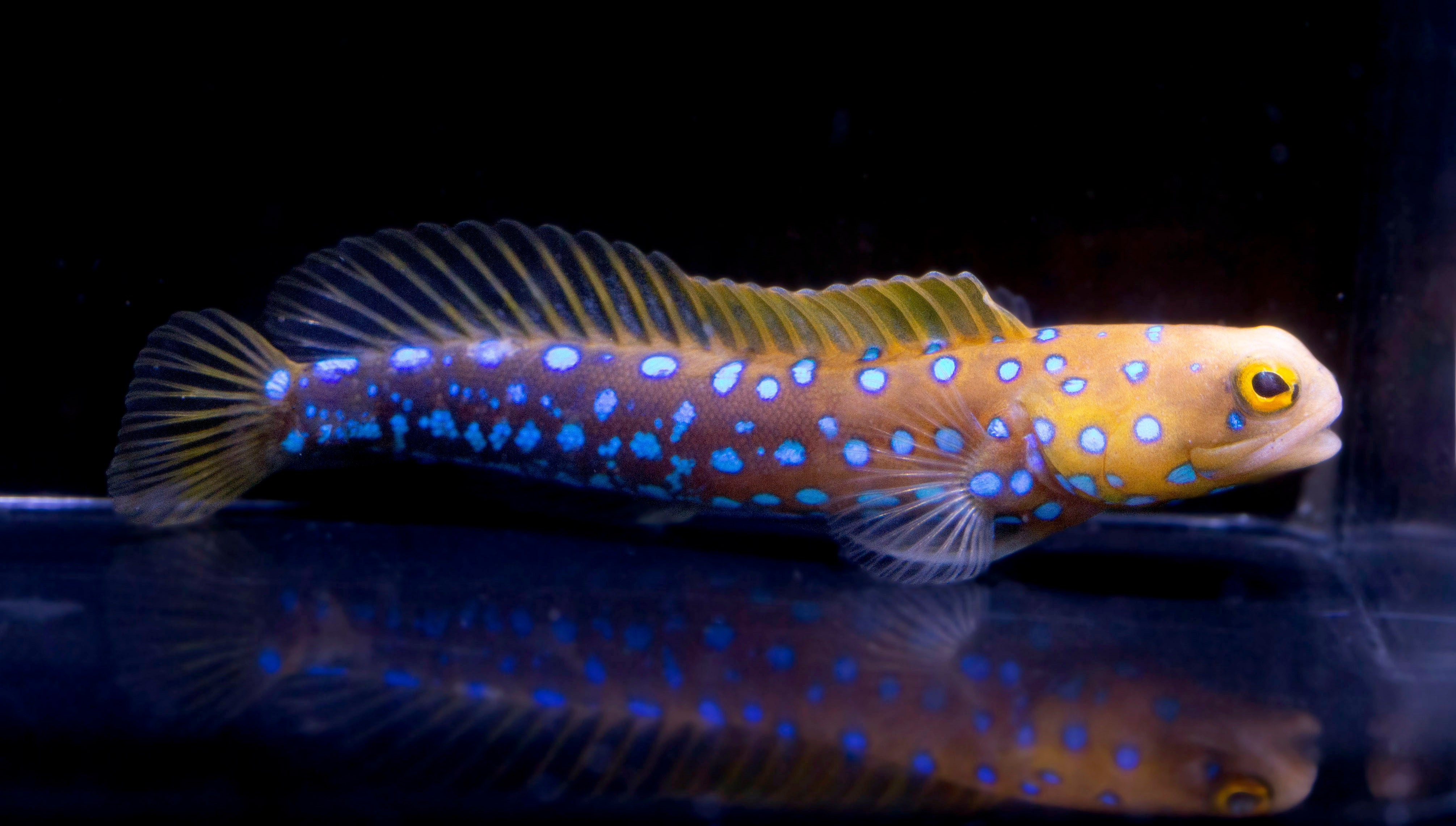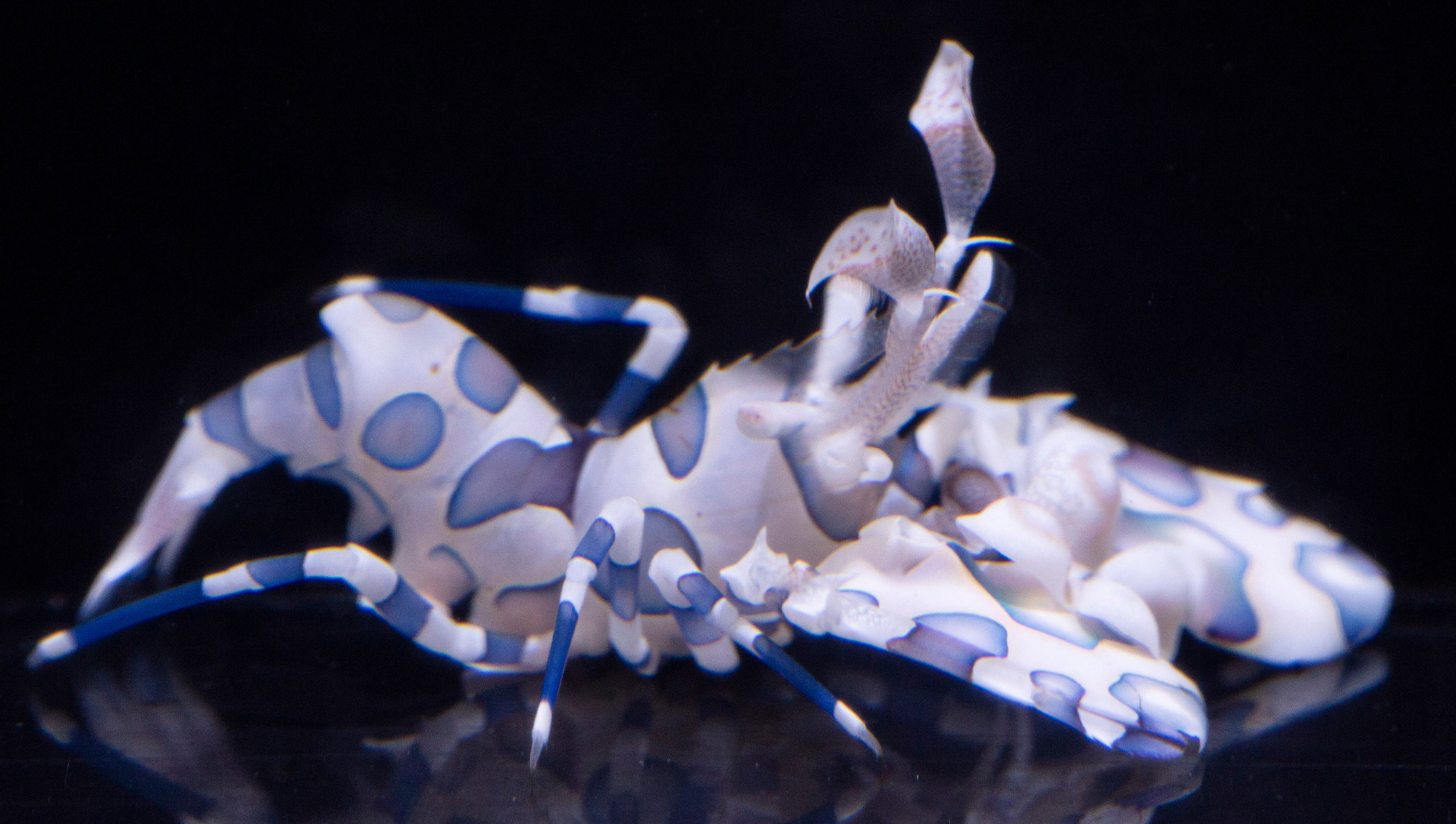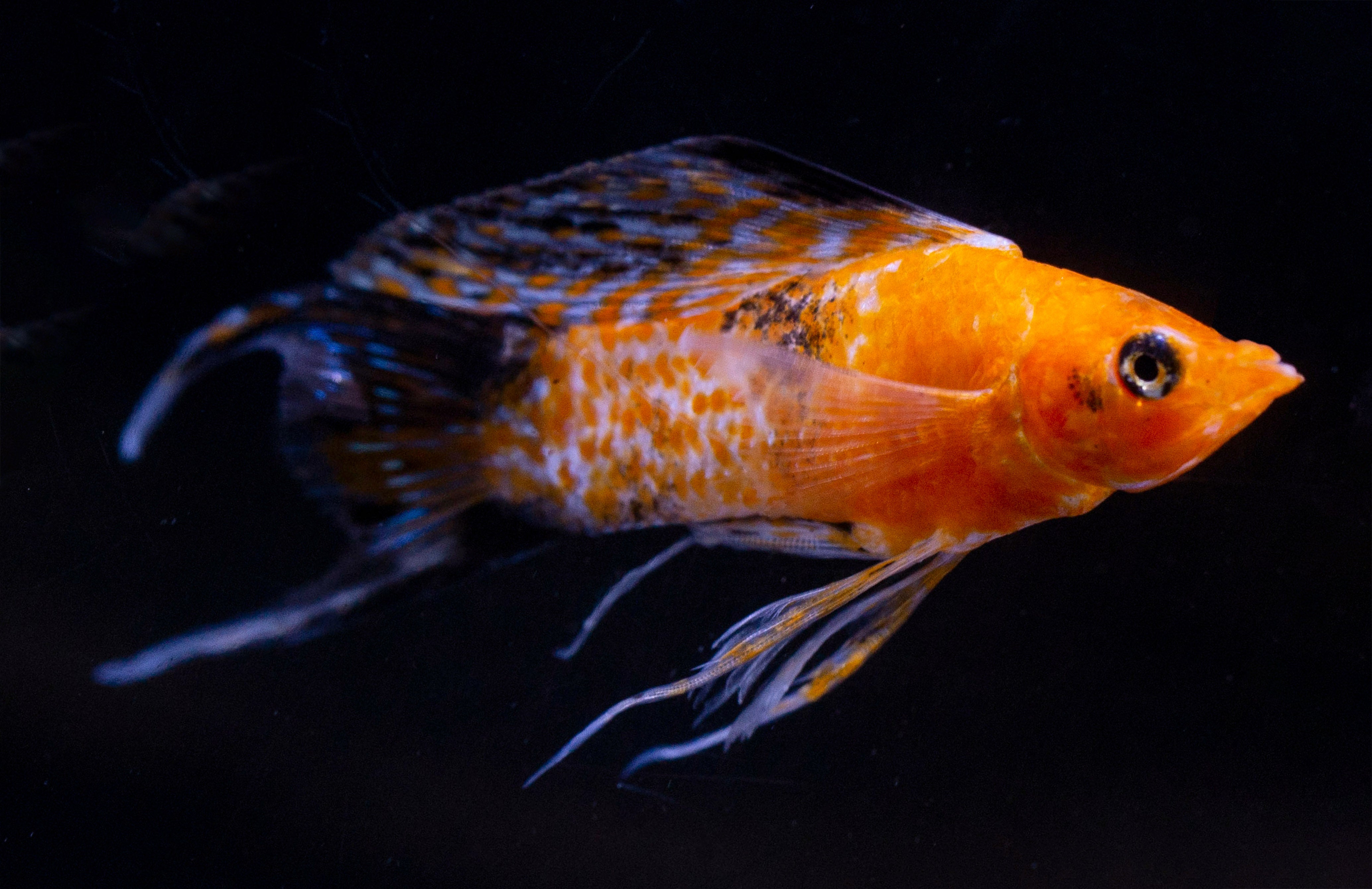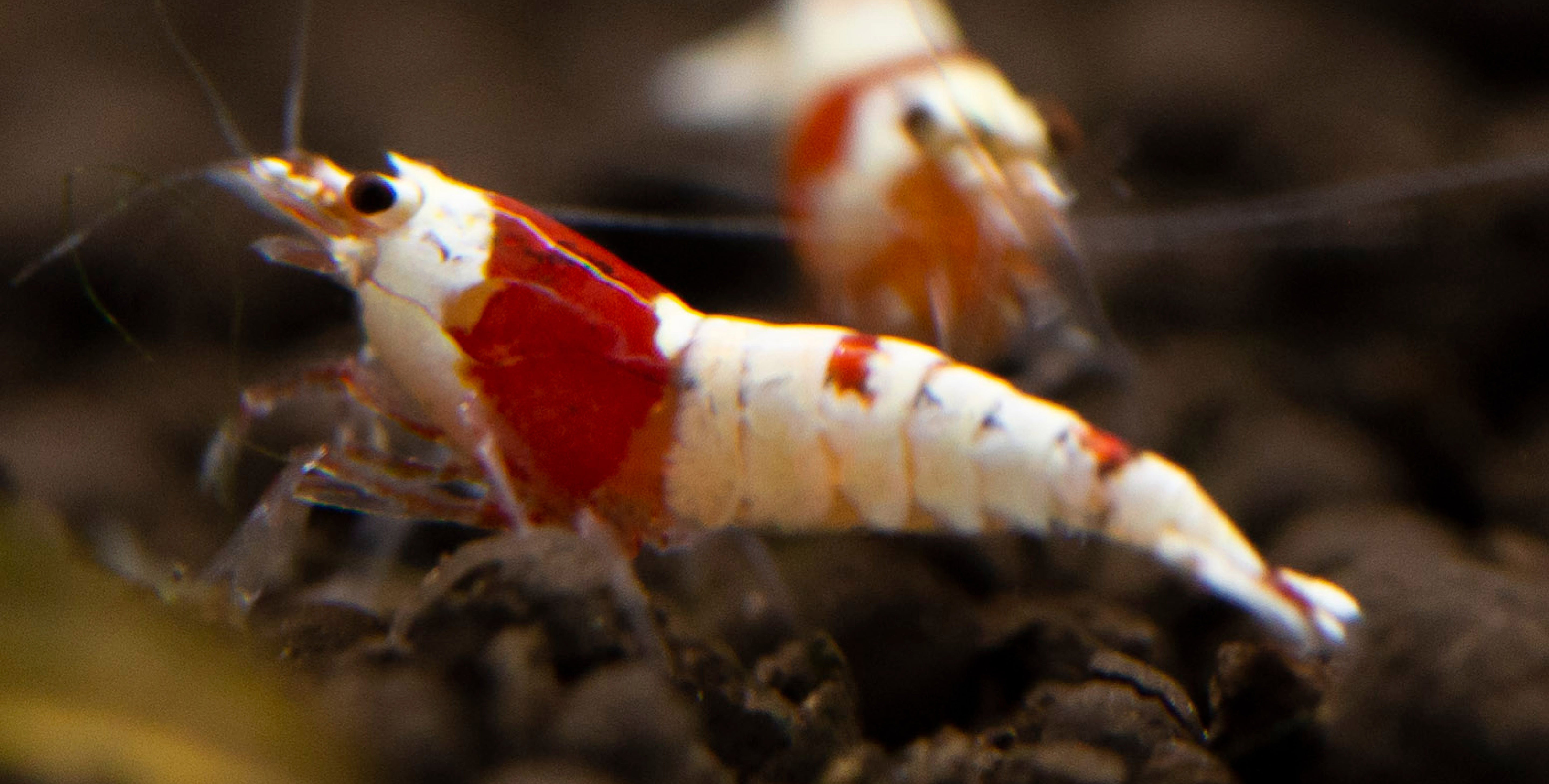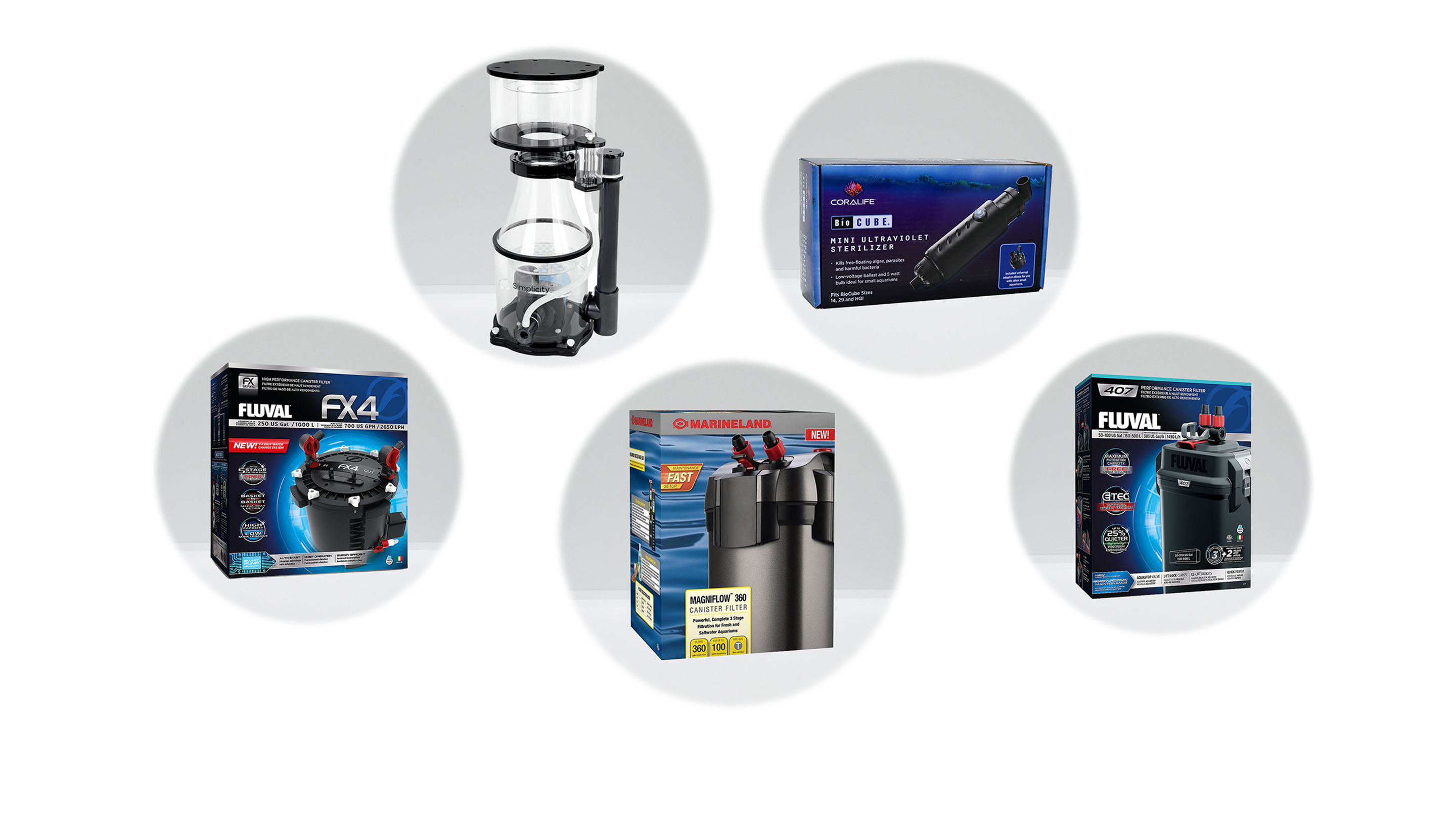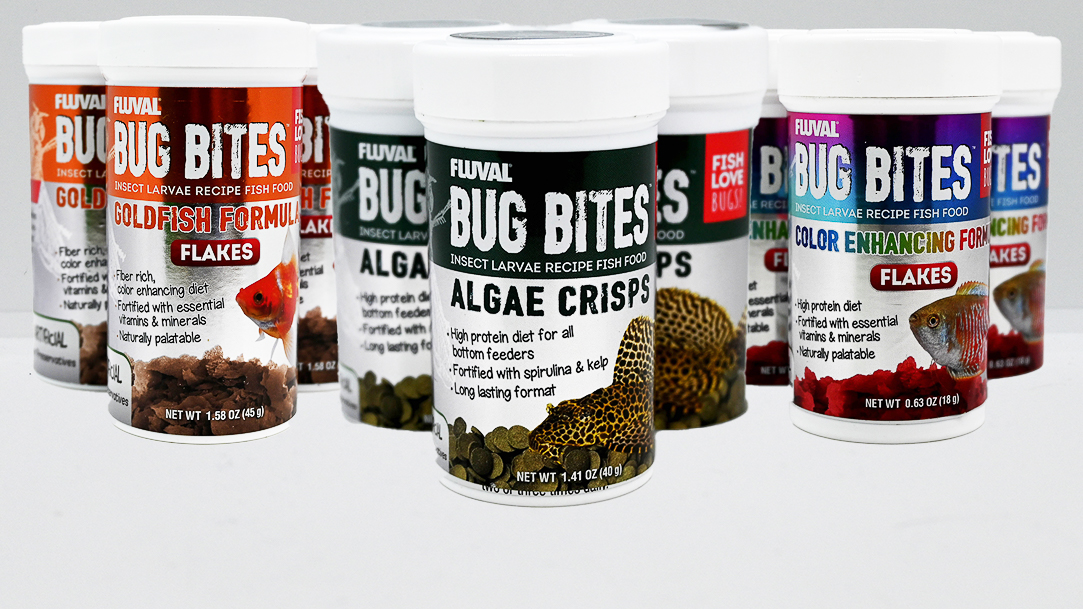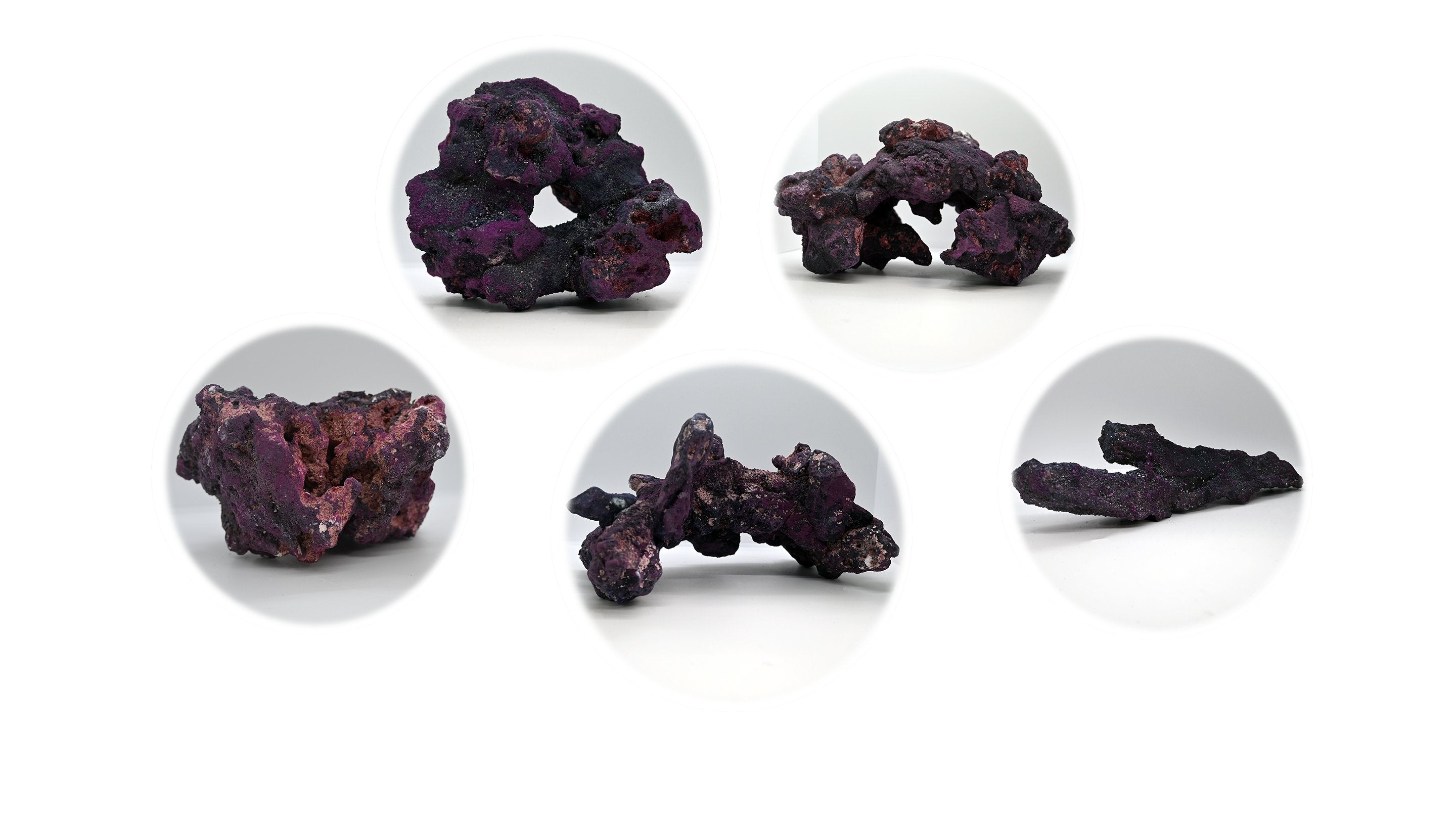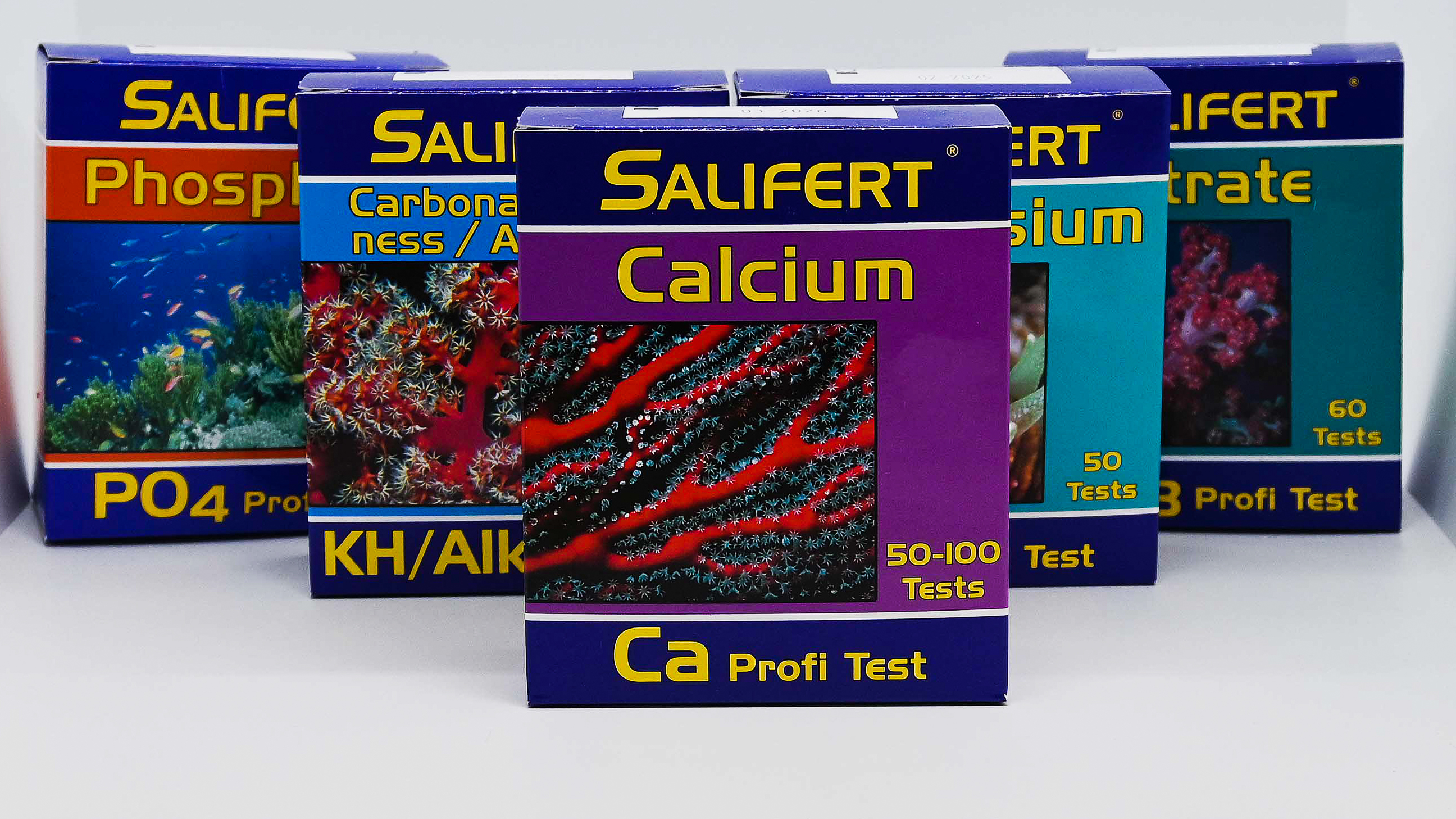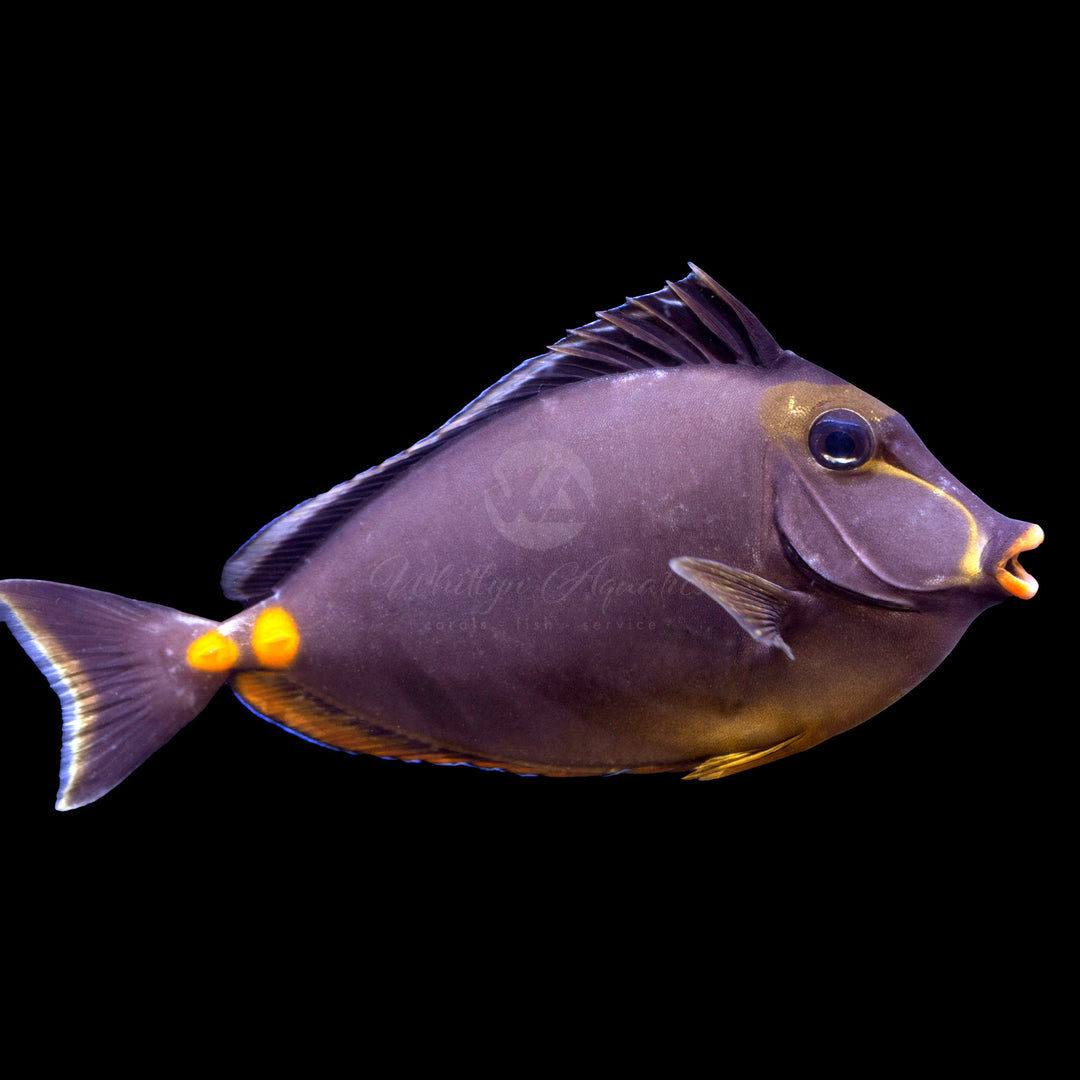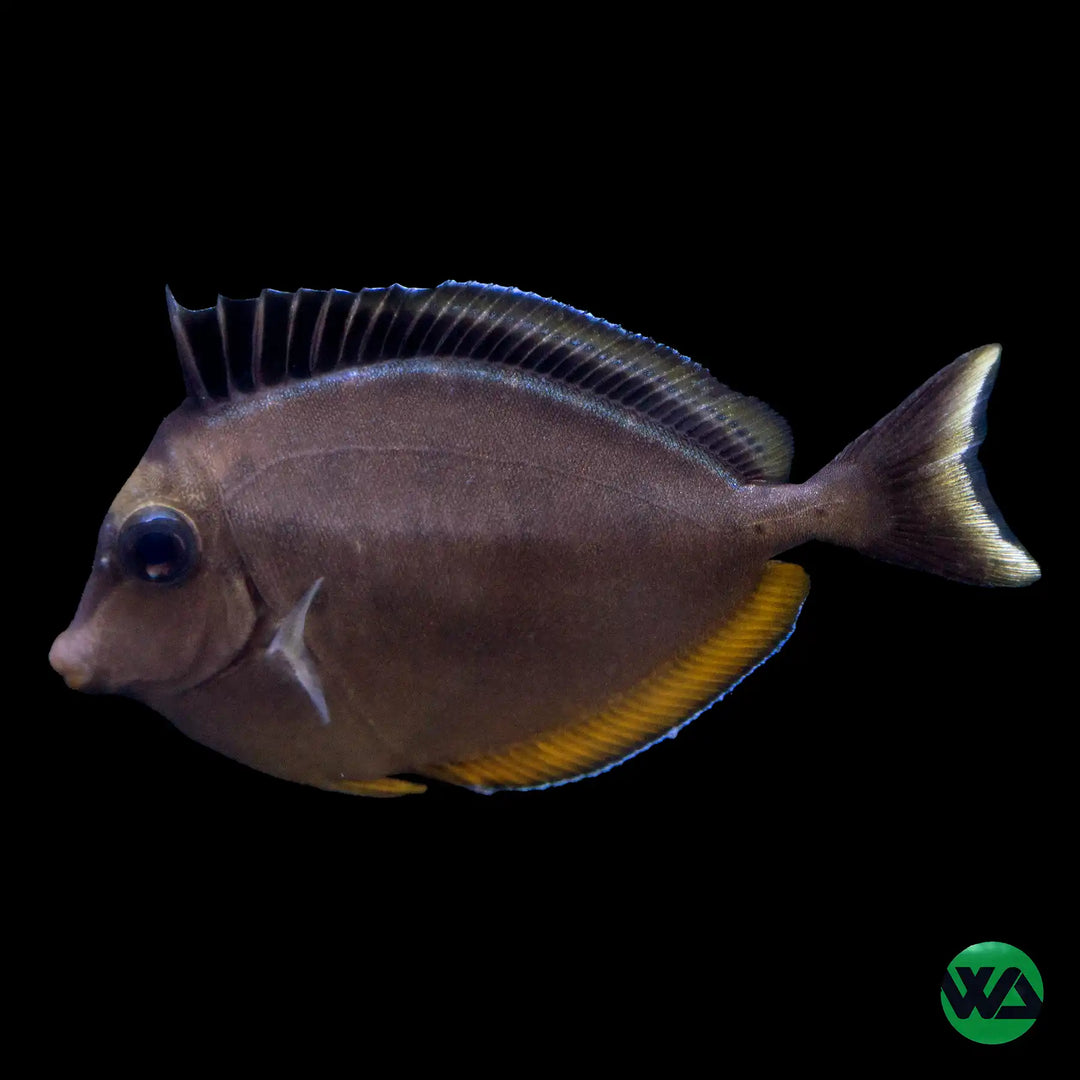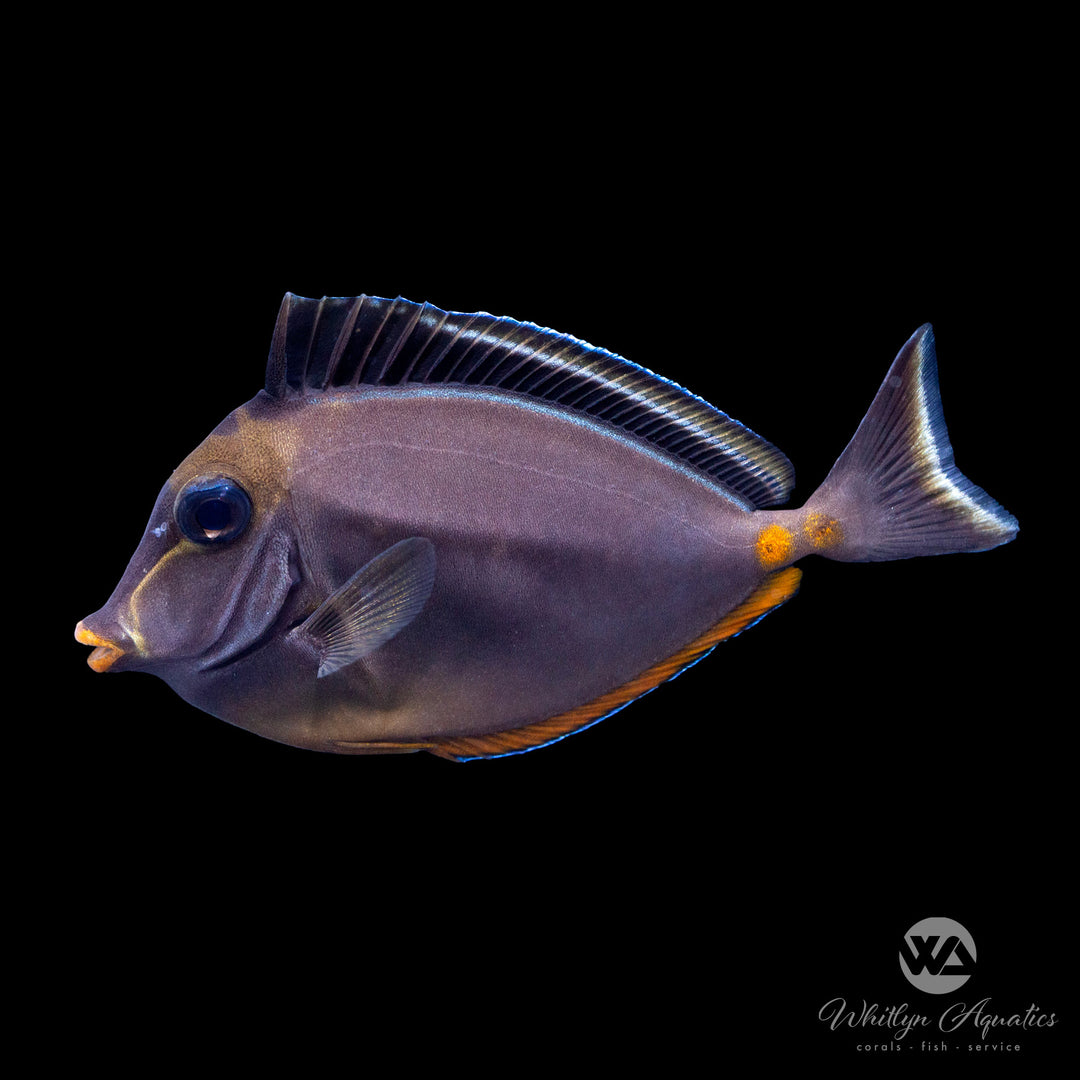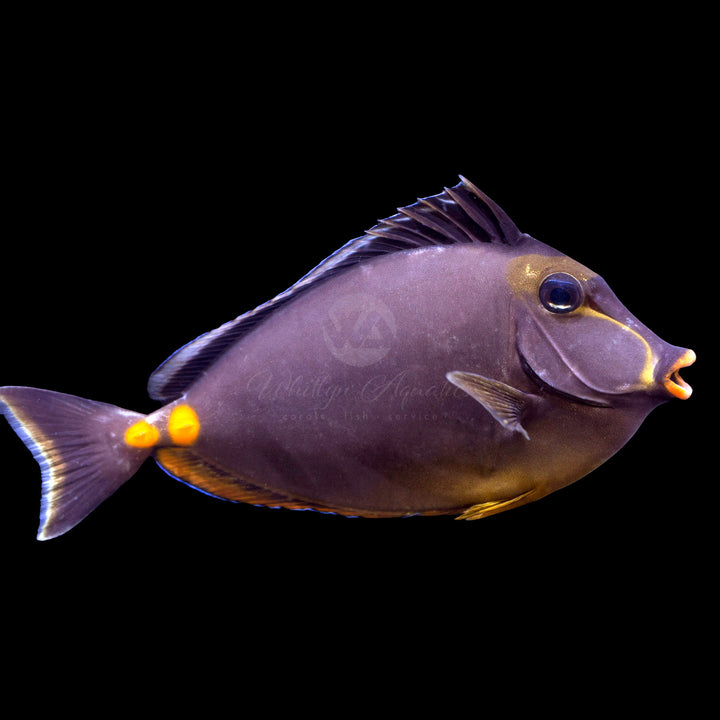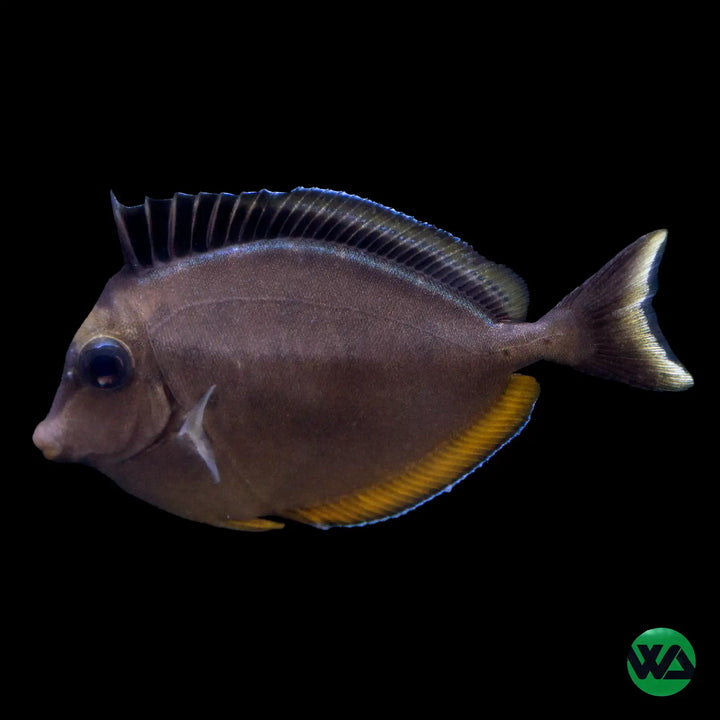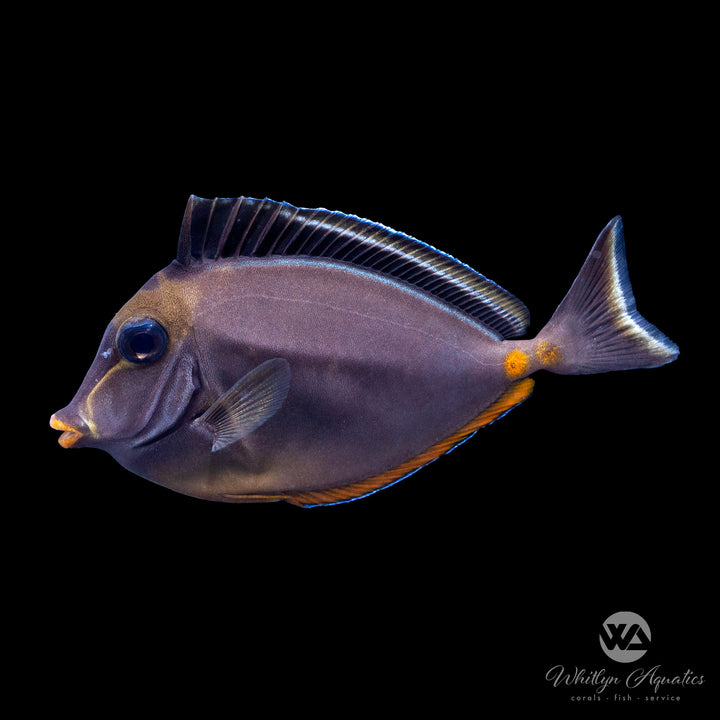Naso Tang - Naso Lituratus
- In stock, ready to ship
- Backordered, shipping soon
The Naso Tang (Naso lituratus), also known as the Lipstick Tang or Naso Unicorn Tang, is a majestic and visually striking fish known for its vibrant colors and unique physical features. A popular choice among marine aquarium enthusiasts, the Naso Tang is valued for its large size, striking beauty, and ability to control algae growth in reef tanks.
Description:
• Common Name: Naso Tang, Lipstick Tang, Unicorn Tang
• Scientific Name: Naso lituratus
• Family: Acanthuridae
• Size: Grows up to 14-18 inches (35-45 cm) in length.
• Coloration: The Naso Tang is typically a light to dark blue-gray fish with a bright yellow and black accents on the fins, underside, and face. Juvenile fish are usually more subdued in coloration, with a more simple body pattern.
• Lifespan: The Naso Tang can live up to 10-15 years in a well-maintained aquarium, though they require proper care and space to thrive.
Native Region:
The Naso Tang is native to the Indo-Pacific region, including areas like the Hawaiian Islands, the Great Barrier Reef, Japan, and the Philippines. They are commonly found in coral reefs and coastal areas, often in deep waters, where they graze on algae and other microorganisms.
Aquarium Setup:
• Tank Size: Due to its large size, the Naso Tang requires a minimum of 100 gallons (380 liters) for adult specimens, though larger tanks are preferred to provide adequate swimming space. A tank with plenty of rockwork for grazing and hiding spaces is ideal.
• Substrate: Fine sand or crushed coral substrate works well for the Naso Tang. It enjoys rooting around in the sand for food and sometimes burrowing.
• Live Rock: Live rock is essential to provide hiding places and algae for grazing. It also offers a natural environment, which helps reduce stress and encourage natural behaviors.
Water Parameters:
• Temperature: 74-80°F (23-27°C)
• pH: 8.1-8.4
• Salinity: 1.020-1.025 specific gravity
• Alkalinity: 8-12 dKH
• Calcium: 400-450 ppm
• Nitrate: Below 10 ppm
• Phosphate: Below 0.03 ppm
Care Level:
• Difficulty: Moderate. The Naso Tang is hardy but requires ample space and stable water conditions to thrive. It is sensitive to poor water quality and should be housed in a well-established, mature aquarium.
• Diet: The Naso Tang is primarily herbivorous, feeding on algae, seaweed, and other plant matter. In a tank, it will graze on algae growing on rocks and substrate. It benefits from additional feedings of high-quality marine algae, such as Nori, spirulina, and algae-based pellets or flakes. It may also consume occasional vegetable matter, like blanched spinach or lettuce.
• Behavior: The Naso Tang is a peaceful but active fish, often seen swimming throughout the tank, especially if there is plenty of open space. It can be territorial with other tangs or similarly shaped fish, so it is best to house it with peaceful tankmates that do not resemble other tang species. While peaceful with most fish, it can become aggressive towards other tangs, especially when competing for territory or food.
• Activity Level: High. The Naso Tang is an active swimmer and requires ample space to roam. It will benefit from a well-planted tank with plenty of rockwork and open swimming areas.
Reef Compatibility:
• Reef-Safe: Yes, the Naso Tang is considered reef-safe. It will not damage corals or invertebrates but will graze on algae growing in the tank, which can be beneficial for reef aquariums.
• Tank Mates: Suitable for community tanks with other peaceful fish such as clownfish, wrasses, and gobies. It can coexist with other species as long as they do not compete for the same resources, particularly if there are no other tangs or surgeonfish in the tank. It is not recommended to keep multiple tangs of the same genus or similarly shaped fish, as they may become territorial.
• Avoid: Aggressive or territorial species that might harass the Naso Tang, particularly other tangs or large predators.
Tank Maintenance:
• Feeding: While the Naso Tang is adept at grazing on natural algae in the tank, it should be supplemented with algae-based foods like Nori, spirulina, and marine pellets. It can also benefit from occasional vegetable matter such as spinach or lettuce.
• Water Quality: Regular water changes and a high-quality filtration system are essential for keeping water parameters stable and healthy. The Naso Tang requires clean, well-oxygenated water with low levels of nitrates and phosphates to thrive.
Additional Tips:
• Acclimation: As with all new fish, proper acclimation is crucial to minimize stress. Drip acclimation is recommended to avoid shock from sudden changes in water parameters.
• Swimming Space: Naso Tangs are active swimmers that require plenty of space to move freely. Ensure that the tank is large enough to accommodate the Naso Tang’s swimming needs, and provide plenty of hiding spots and territories.
• Tankmates: Avoid keeping other tangs or surgeonfish in a small tank, as they may become territorial. Also, be cautious with aggressive species that could stress the Naso Tang.


